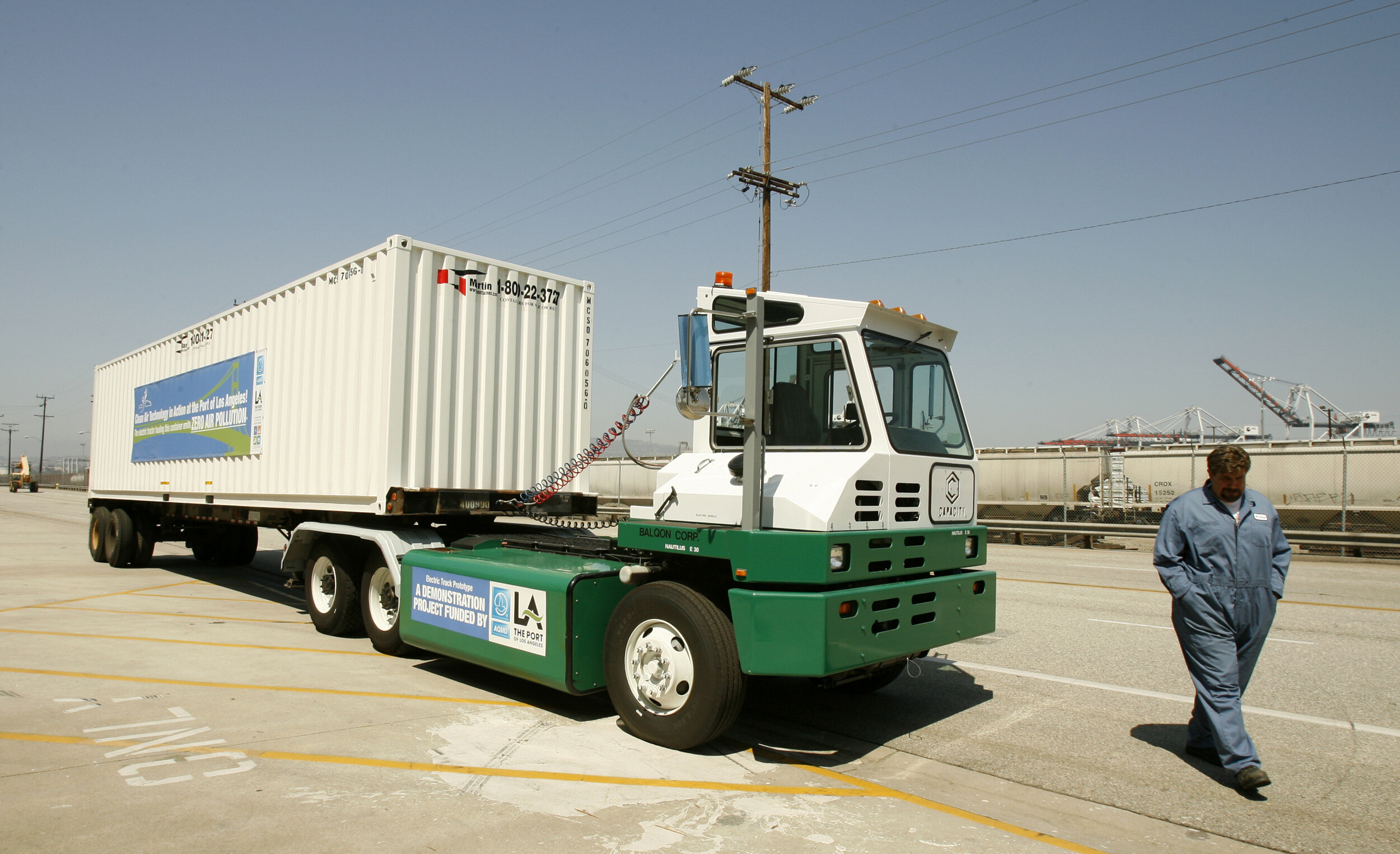Why we can't stop the climate crisis without de-carbonizing cities

Factories contribute to emissions in cities around the world. Image: Marek Piwnicki/Unsplash
- Cities are big contributors to climate change, with 70% of global CO2 emissions coming from urban areas.
- Urban climate action must be embedded in city, national, and international plans and financing processes, write two experts.
- $5 trillion is the estimated amount needed to address the climate crisis.
- Climate finance can support developing countries in particular, to tackle climate change.
The science is clear: Cities are hot spots for climate change, as reported by the latest IPCC report. With 70% of global CO2 emissions coming from urban areas, where 7 out of 10 people will live by 2050, the solution to the climate crisis requires bold climate action in cities. To date, more than 6,000 cities—representing 20% of urban residents—have developed climate action plans and are looking for ways to implement these plans. We need more to join.
One of the key challenges for cities to meet their climate goals is the availability of finance and technical expertise, especially in developing economies. But that does not have to remain the case; opportunities abound to better understand the landscape of and sources for urban climate finance, what’s preventing its scale-up, and how choices at the municipal, regional, and national levels can optimize the environment for urban climate finance.
The 2021 State of Cities Climate Finance Report, from the Cities Climate Finance Leadership Alliance, Climate Policy Initiative (CPI), and the World Bank, emphasizes this very message: For cities to take decisive climate action, a whole-of-government approach is required. This means urban climate action must be embedded in city, national, and international plans and financing processes, and private finance must be harnessed.
For the first time, we now have a comprehensive estimate of global urban climate finance, through tracking sources of climate finance flows to urban areas and estimating investments in targeted sectors. This is complemented by a systems level thinking and an exploration of innovative enabling frameworks to identify solutions and recommendations for mobilizing urban climate finance at scale.
What is the World Economic Forum doing to help companies reduce carbon emissions?
Part 1 of the report estimates that a total of $384 billion was invested in urban climate finance globally in 2017 and 2018—an amount far below the estimated $5 trillion that is needed. These large sums reflect the size of the challenge we have ahead in addressing the climate crisis, and how urgent it is to close the gap between what is available and what is needed. As cities in some developing economies are expected to be the most severely impacted with climate change and already have restricted resources, the need to channel climate finance to the developing world is even more urgent.
While the challenge ahead is great, we have the financial sources and tools to meet it. Estimates show that greenhouse gas emissions in cities can be reduced by almost 90% by 2050 with technically feasible measures, which could also contribute to millions of green jobs. This presents a considerable opportunity for investment, especially from private actors. Actions to reduce greenhouse gas emissions in cities can generate a global economic dividend of $24 trillion. The opportunity is even more visible in emerging and developing economies. In East Asia and Pacific, $187 billion of private finance is being invested annually in urban climate finance. However, the investment opportunity in the region is $1.4 trillion. In Latin America, where $11 billion is currently being invested in climate activities in cities, the annual private sector opportunity is at least $417 billion. In Sub-Saharan Africa, urban climate investment hovers annually at round $3 billion, but the investment opportunity exceeds $125 billion.
Opportunities also exist by sector. One of the most significant findings from Part 1 of the report is that only 9% of tracked project-level data was being channeled into adaptation, showing the extent of the challenge of financing resilience and adaptation in cities as well as in tracking the investments that do occur. As the impacts of climate change rapidly increase, not addressing this adaptation gap now will severely impact billions of urban residents, as well as national economies and global supply chains.
This is why we need a whole-of-economy approach to empower and finance bold climate action in cities that can green and align existing urban finance systems and intergovernmental architectures at the local and national levels; mobilize new urban climate finance at the city level, including through conditional intergovernmental transfers, own source revenues, and private markets and urban households; and strengthen the climate smart impact in urban and capital investment planning systems with green regulations and design standards, promote compact spatial form, and integrate dynamic GHG measurement and pricing carbon into investment planning decisions.
To do so, Part 2 of the report explores key enabling conditions to mobilize urban climate finance at scale that are country-specific, city-specific, and climate-specific. It also identifies that cities can play multiple roles—as providers of services and infrastructure, they can leverage climate finance through what they pay for directly. As stewards, cities can mobilize urban climate finance through their influence and capacity to plan, regulate, convene, and champion low carbon urbanization pathways and projects. From Cape Town to Dhaka, cities are making progress on these fronts. The enabling environment is also dependent on the level of autonomy that a city has to regulate their built environment, plan investments, and manage their finances. The report also provides recommendations for city level government officials, national government officials, and the international community on how to support low carbon, resilient cities, and urban systems.
What we need now is a strong combination of well-prepared projects, data, adequate finance and, perhaps most importantly, a concerted, political will to create the necessary enabling environment as quickly as possible. At the local level, cities need to embed climate change considerations in all levels of strategic, spatial, budget, and capital investment planning. At the national level, government can support the alignment of national and local policy and action, help develop standards and regulation as well as promote green stimulus and recovery packages for urban areas and systems. At the international level, support is still needed for technical, advisory, and lending support to help cities, especially in the global south, mobilize climate investment. Finally, in all these levels there is a need for more reporting and data availability for urban climate finance spending.
During the Innovate4Cities Conference, taking place this month, we will have the chance to discuss some of the most important next steps that cities, national governments, and actors across the global finance system must take to address the climate crisis. More importantly, as we look ahead to the COP26 conference in November, it is a crucial time to raise the ambition of climate action in cities. Combined with strong steps from investors and government at all levels, some of the most transformative change can be made in urban areas and systems in this crucial decade of climate action.
Don't miss any update on this topic
Create a free account and access your personalized content collection with our latest publications and analyses.
License and Republishing
World Economic Forum articles may be republished in accordance with the Creative Commons Attribution-NonCommercial-NoDerivatives 4.0 International Public License, and in accordance with our Terms of Use.
The views expressed in this article are those of the author alone and not the World Economic Forum.
Stay up to date:
SDG 13: Climate Action
Forum Stories newsletter
Bringing you weekly curated insights and analysis on the global issues that matter.
More on Climate Action and Waste Reduction See all
Wee Kean Fong and Yvonne Zhou
November 19, 2025









